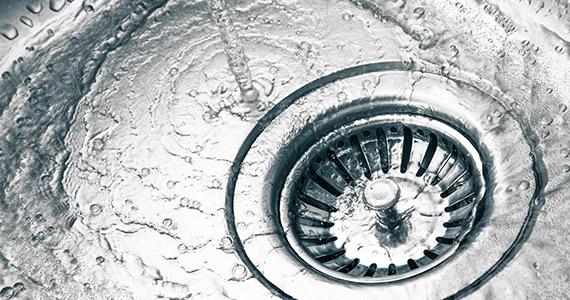|
|
Legionella (the cause of Legionnaires disease) is a type of bacteria found in fresh water environments. Once legionella finds its way into an enclosed environment, such as a building's cooling tower system, it can quickly multiply and spread throughout the building's water system. Contaminated water droplets that are dispersed into the air and inhaled can lead to the development of Legionnaires disease. The most likely sources of infection include water used for showering, hot tubs, decorative fountains, and cooling towers.
The Centers for Disease Control and Prevention (CDC) estimates that each year there are between 8,000 to 18,000 cases of Legionnaires disease, where 10% of these cases are fatal. With Legionella outbreaks in the US as recent as July of 2018, it is important that facility managers and water treatment operators have an understanding of the risks Legionella poses, along with tactics for a successful water management program.
Attendees will hear from Dr. Janet E. Stout, Legionella expert and contributor to the ANSI/ASHRAE standard 188-2015.
Additionally, in this webcast attendees will learn:
- What is Legionella and why is it a cause for concern?
- The impact Legionella can have on your facility
- Review of the updated ANSI/ASHRAE standard 188-2018
- Understanding what you can do to prevent a Legionella outbreak in your facility — the creation and successful implementation of a water management program
- Review of available technologies that will mitigate the risk of Legionella bacteria growth
Register Today »
Presented By:
 Dr. Janet E. Stout Dr. Janet E. Stout
Clinical and Environmental Microbiologist
 Mike Ditton Mike Ditton
Product Specialist,
Vortisand
|
|
|

 Dr. Janet E. Stout
Dr. Janet E. Stout Mike Ditton
Mike Ditton